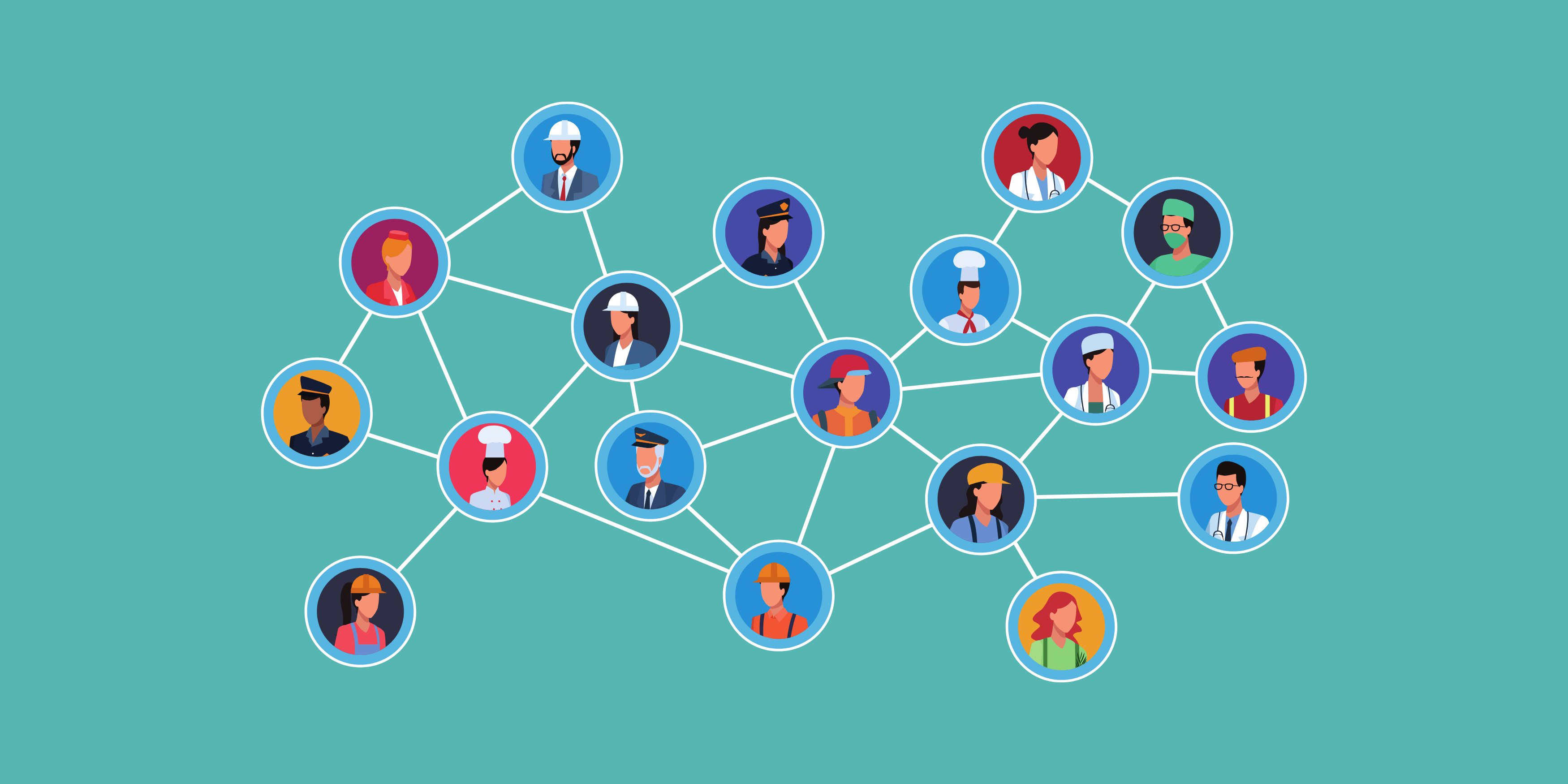Looking for assistance with your application? Click here to learn how CFS can help.
OPPORTUNITY REPORT:
FY2024 Grid Resilience and Innovative Partnerships (GRIP) Program
Thursday, November 16, 2023
Program Summary
Key information at a glance:
| Opportunity Title: Grid Resilience and Innovative Partnerships (GRIP) Program |
| Opportunity Number: DE-FOA-0003195 |
| Agency: Department of Energy, Grid Deployment Office (GDO) |
| Total Program Funding: $3,900,000,000 |
| Award Ceiling: $250,000,000 |
| Cost Match: 50%-100% |
| Expected Number of Awards: 100 |
| Deadline for Concept Papers: Jan, 12, 2024 (All Topic Areas) |
| Full Application Deadline: April 17, 2024 and May 22, 2024 (Determined by Topic Area) |
Program Overview
The U.S. Department of Energy’s Grid Deployment Office (GDO) has announced $3.9 billion in funding for the second phase of the Grid Resilience and Innovation Partnerships (GRIP) Program. Funded by the Bipartisan Infrastructure Law (BIL), GRIP supports projects enhancing grid flexibility and resilience against extreme weather and climate change through three topic areas: Grid Resilience Grants ($918 million), Smart Grid Grants ($1,080 million), and the Grid Innovation Program ($1,082 million).
The department seeks proposals that enhance electric transmission by boosting funding, expediting interconnection processes for faster energy project implementation, establishing comprehensive solutions linking grid communication systems to bolster resilience and minimize power outages and threats, and employing advanced technologies like distributed energy resources and battery systems to offer crucial grid services, ensuring widespread access to affordable, reliable, and clean electricity across American communities. In addition to the modernization of the nation’s electric grid, the program emphasizes meaningful community and labor engagement, workforce development, and the advancement of DEIA initiatives. Required concept papers are due at 5:00 p.m. ET on January 12, 2024.
Key Priorities and Objectives
Goals of the GRIP program are to:
-
increase regional and interregional electricity transfer capacity
-
increase system resilience in the face of climate change-induced natural disasters
-
address the most consequential system challenges that contribute to the increasing interconnection queue time for clean energy
-
enable data-rich and flexible grid performance
-
spur innovation at all stages of project ideation and execution
-
facilitate clean energy deployment, generation mix diversity, and other system benefits
Objectives of the GRIP program are to:
-
Transform the U.S. electric grid at the transmission and distribution levels by increasing resilience in the face of extreme disruptions, enabling data-rich and flexible grid performance, and spurring innovation at all stages of project ideation and execution
-
Prioritize energy justice as an essential component of infrastructure development by dramatically altering the relationship between energy providers and their communities
-
Catalyze and leverage private sector and non-federal public capital for impactful technology and infrastructure deployment.
Priority Areas for Investment for the GRIP program are:
-
Projects that significantly increase the transmission capacity of existing rights-of-way using advanced conductors, grid-enhancing technologies, or high-voltage direct current in coordination with investments that enable integration and full utilization of high-capacity corridors.
-
Projects that will deploy solutions to increasing the processing of interconnection applications and minimize the queue-related delays for clean energy and electrification loads at both the transmission and distribution levels.
-
Projects that in combination with priority investments will foster growth of a highly skilled power sector workforce and minimize workforce constraints associated with power sector innovation.
-
Projects that have a significant impact on the transmission system, including projects that leverage advanced transmission technologies and can reduce or remove the existing technical, economic, and regulatory barriers, demonstrate enhanced operational flexibility or capacity, and that enhance reliability to accelerate wide scale transmission expansion and renewable energy interconnection.
-
Projects that implement novel and replicable approaches to reducing energy burden and increasing resilience for disadvantaged communities, especially projects that increase access to cheaper generation resources and reduce the impact of infrastructure costs.
Eligibility
Eligible Applicants - For all Topic Areas, eligibility is restricted to Domestic Entities:
Topic Area 1: Grid Resilience Grants - 100% Cost match (small utility exception of 1/3 cost match)
-
electric grid operator
-
electricity storage operator
-
electricity generator
-
transmission owner or operator
-
distribution provider
-
fuel supplier
-
Any other relevant entity, as determined by the Secretary.
Topic Area 2: Smart Grid Grants - 50% cost share
-
institutions of higher education
-
for-profit entities
-
non-profit and not-for-profit entities
-
state and local governmental entities
-
Tribal nations.
Topic Area 3: Grid Innovation Program - 50% cost share
-
State
-
combination of 2 or more States
-
Indian Tribes
-
a unit of local government
-
a public utility commission.
Key Dates
Informational Webinar: November 20, 2023
Submission Deadline for Concept Papers (All Topic Areas): 1/12/2024
Expected Date for Concept Paper Notifications (All Topic Areas): February 2024
Submission Deadline for Full Applications: 4/17/2024 and 5/22/2024
*Submission deadlines vary by topic area. However, due to a discrepancy in the FOA, the deadlines for full applications are still being determined. We will provide an update when new information is available.
Expected Date for DOE Selection Notifications: Summer/Fall 2024
Resources
View the full opportunity here.
View the opportunity on grants.gov here.
Read the press release here.
Register for the webinar here.






